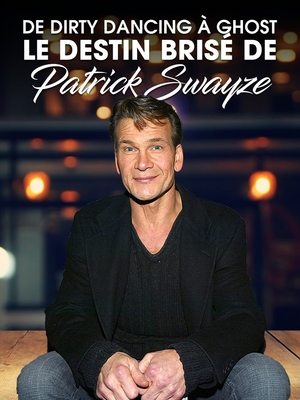

Silversmith of Williamsburg(1971)
The colonial silversmith produced items both functional and beautiful. In this 1971 docudrama, silver scraps are transformed into a magnificent new coffeepot under the skilled hands of the master silversmith. You'll witness the art and science of silversmithing at every stage from the adaptation of English designs and the pouring of molds to the forging, raising, and plashing that give the metal its shape and shine.
Movie: Silversmith of Williamsburg

Silversmith of Williamsburg
HomePage
Overview
The colonial silversmith produced items both functional and beautiful. In this 1971 docudrama, silver scraps are transformed into a magnificent new coffeepot under the skilled hands of the master silversmith. You'll witness the art and science of silversmithing at every stage from the adaptation of English designs and the pouring of molds to the forging, raising, and plashing that give the metal its shape and shine.
Release Date
1971-01-01
Average
0
Rating:
0.0 startsTagline
Genres
Languages:
Keywords
Similar Movies
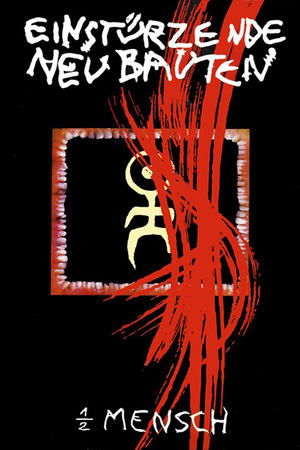 7.0
7.01/2 Man(ja)
A visual documentary of Einstürzende Neubauten, the German underground band, by Japanese cult director Sogo Ishii, made during their 1985 tour of Japan. The band makes an elaborate and remarkably choreographed appearance in the ruins of an old ironworks which was scheduled for demolition; footage of same was incorporated into the movie and a brief appearance on stage.
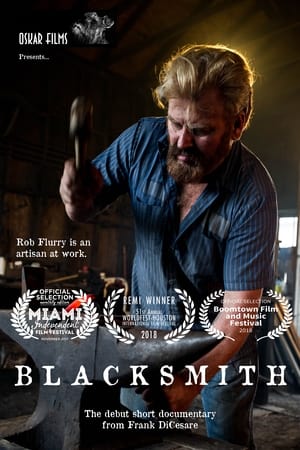 10.0
10.0Blacksmith(en)
Blacksmith is a 15-minute poetic documentary that highlights the work of Rob Flurry, the resident blacksmith at the Spindletop-Gladys City Boomtown Museum in Beaumont, Texas.
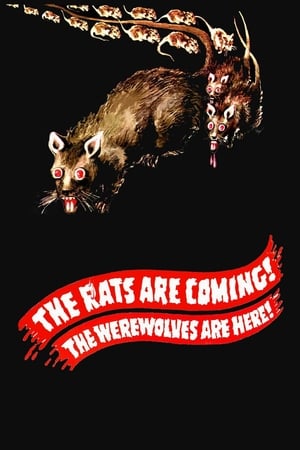 3.5
3.5The Rats Are Coming! The Werewolves Are Here!(en)
The daughter in a family of werewolves decides to put an end to the family curse.
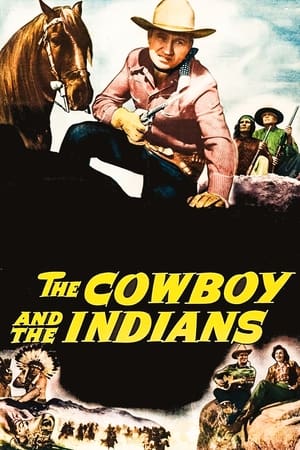 6.8
6.8The Cowboy and the Indians(en)
Finding Indians stealing from his ranch, Gene learns they are suffering from malnutrition. Store owner Martin is cheating them and now he is after the Chief's valuable necklace. When the dying chief is found, having been attacked and robbed, Martin blames Lakhona who would become the new chief. When Gene helps Lakhona they soon find themselves fleeing from the law.
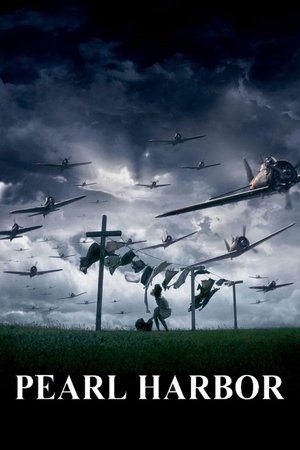 6.9
6.9Pearl Harbor(en)
The lifelong friendship between Rafe McCawley and Danny Walker is put to the ultimate test when the two ace fighter pilots become entangled in a love triangle with beautiful Naval nurse Evelyn Johnson. But the rivalry between the friends-turned-foes is immediately put on hold when they find themselves at the center of Japan's devastating attack on Pearl Harbor on Dec. 7, 1941.
 6.9
6.9Olympia: Part One – Festival of the Nations(de)
Commissioned to make a propaganda film about the 1936 Olympic Games in Germany, director Leni Riefenstahl created a celebration of the human form. This first half of her two-part film opens with a renowned introduction that compares modern Olympians to classical Greek heroes, then goes on to provide thrilling in-the-moment coverage of some of the games' most celebrated moments, including African-American athlete Jesse Owens winning a then-unprecedented four gold medals.
 6.7
6.7Olympia: Part Two – Festival of Beauty(de)
Commissioned to make a propaganda film about the 1936 Olympic Games in Germany, director Leni Riefenstahl created a celebration of the human form. Where the two-part epic's first half, Festival of the Nations, focused on the international aspects of the 1936 Olympic Games held in Berlin, part two, The Festival of Beauty, concentrates on individual athletes such as equestrians, gymnasts, and swimmers, climaxing with American Glenn Morris' performance in the decathalon and the games' majestic closing ceremonies.
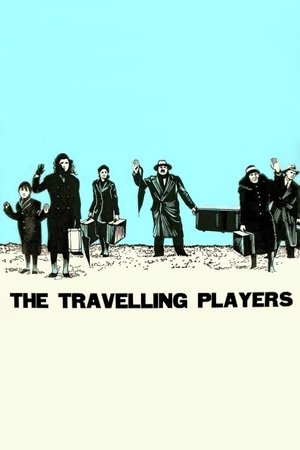 7.3
7.3The Travelling Players(el)
This expansive Greek drama follows a troupe of theater actors as they perform around their country during World War II. While the production that they put on is entitled "Golfo the Shepherdess," the thespians end up echoing scenes from classic Greek tales in their own lives, as Elektra plots revenge on her mother for the death of her father, and seeks help from her brother, Orestes, a young anti-fascist rebel.
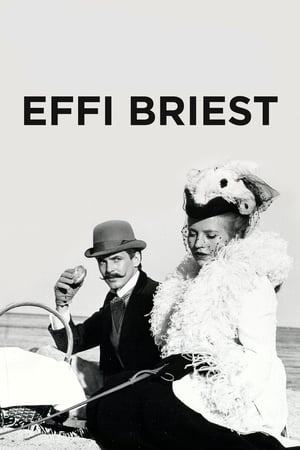 6.7
6.7Effi Briest(de)
When 17-year-old Effi Briest marries the elderly Baron von Instetten, she moves to a small, isolated Baltic town and a house that she fears is haunted. Starved for companionship, Effi begins a friendship with Major Crampas, a charismatic womanizer.
 7.1
7.1Finding Forrester(en)
Gus Van Sant tells the story of a young African American man named Jamal who confronts his talents while living on the streets of the Bronx. He accidentally runs into an old writer named Forrester who discovers his passion for writing. With help from his new mentor Jamal receives a scholarship to a private school.
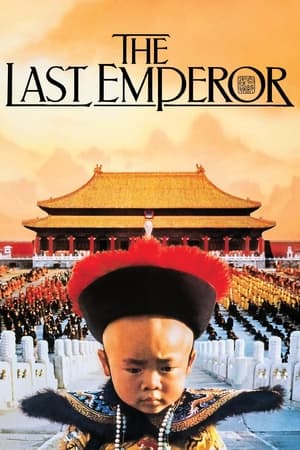 7.6
7.6The Last Emperor(en)
A dramatic history of Pu Yi, the last of the Emperors of China, from his lofty birth and brief reign in the Forbidden City, the object of worship by half a billion people; through his abdication, his decline and dissolute lifestyle; his exploitation by the invading Japanese, and finally to his obscure existence as just another peasant worker in the People's Republic.
 6.7
6.7Workers Leaving the Lumière Factory(fr)
Working men and women leave through the main gate of the Lumière factory in Lyon, France. Filmed on 22 March 1895, it is often referred to as the first real motion picture ever made, although Louis Le Prince's 1888 Roundhay Garden Scene pre-dated it by seven years. Three separate versions of this film exist, which differ from one another in numerous ways. The first version features a carriage drawn by one horse, while in the second version the carriage is drawn by two horses, and there is no carriage at all in the third version. The clothing style is also different between the three versions, demonstrating the different seasons in which each was filmed. This film was made in the 35 mm format with an aspect ratio of 1.33:1, and at a speed of 16 frames per second. At that rate, the 17 meters of film length provided a duration of 46 seconds, holding a total of 800 frames.
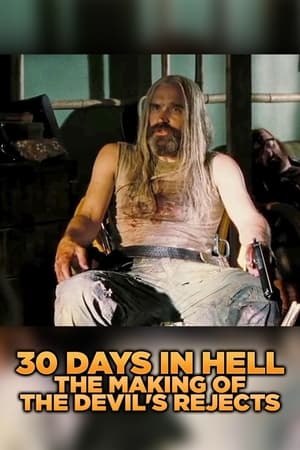 6.0
6.030 Days in Hell: The Making of 'The Devil's Rejects'(en)
An exhaustive, detailed documentary on the 30-day film shoot of "The Devil's Rejects"
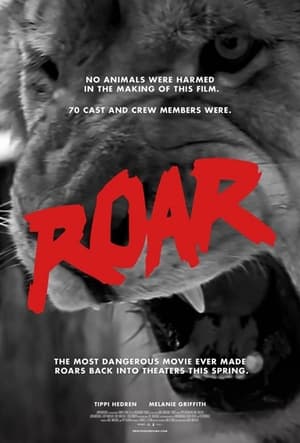 0.0
0.0The Making of Roar(en)
A production of Roar (1981) had special demands on both cast and crew. Learn about this incredible film and about the amazing people who made ROAR possible.
 0.0
0.0How to Win Eurovision(en)
Greg James and Russell Kane present a look at all the ingredients needed to become a Eurovision winner, celebrating the UK's successes and also its hall of shame.
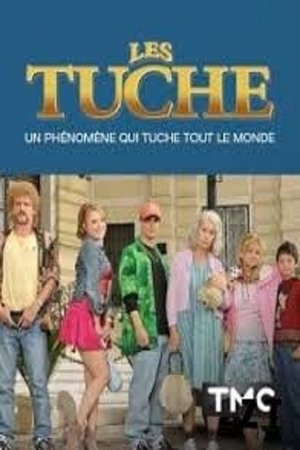 7.2
7.2Les Tuche : un phénomène qui tuche tout le monde(fr)
The phenomenon took everyone by surprise. In the span of three years, despite the mixed reception from the press upon its release in 2011, the Tuche family, a group of eccentric unemployed individuals, found a place in the hearts of the audience. With over eight million viewers during the television broadcast of the first installment and 4.6 million box office admissions for the second part, it became the biggest French success of 2016. The Tuche family has become a phenomenon. Word of mouth gave the film a second life beyond theaters, turning this tribe into the most popular family in French cinema.
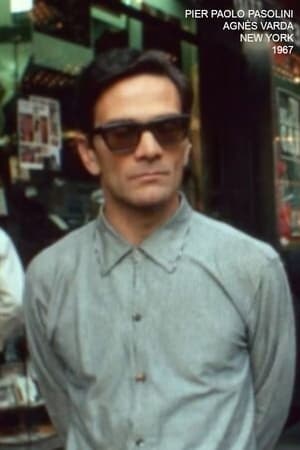 7.1
7.1Pier Paolo Pasolini - Agnès Varda - New York - 1967(fr)
Holding her 16mm camera, an optical prosthesis for a 20th-century stroller, Agnès Varda filmed 42nd Street in NYC in 1967, filming crowds of passers-by to the beat of the Doors. Recovered from the French director's boxes, with images of Varda, Pasolini and New York. Pasolini is shown walking in the Big Apple (where he went to present 'Hawks and Sparrows').
 6.5
6.5When Eurovision Goes Horribly Wrong(en)
Angela Rippon presents a guide to some of the Eurovision Song Contest's most disastrous moments. Including the kiss that ruined the chances of Danish singer Birthe Wilke.

